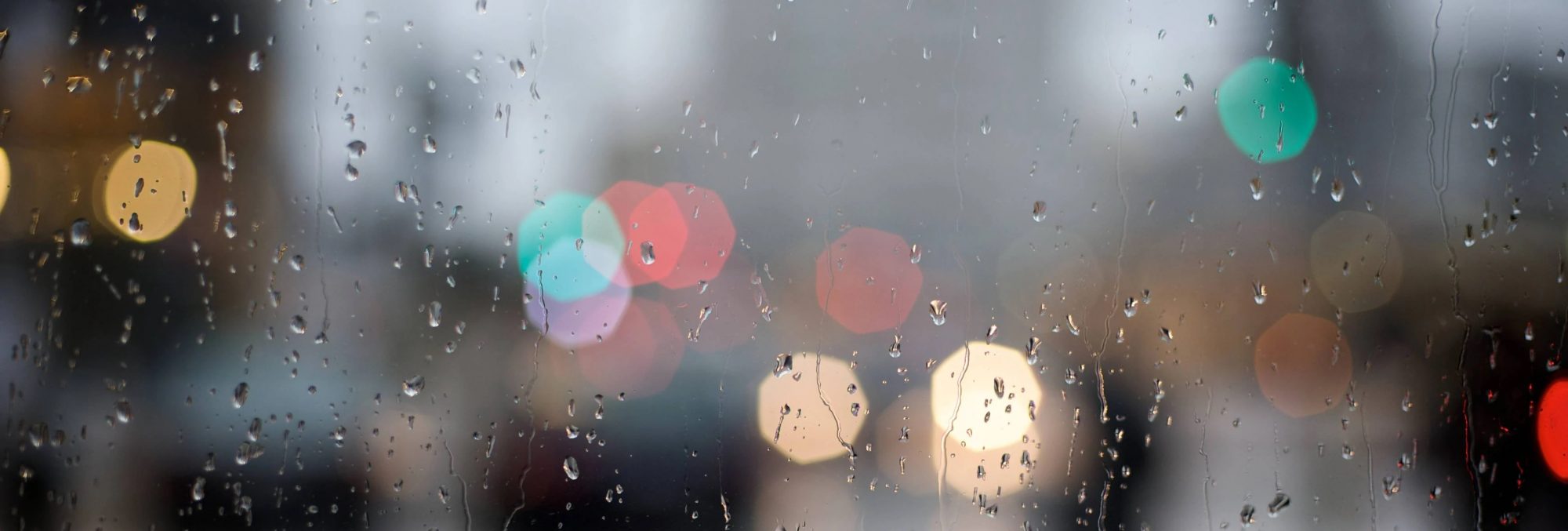We have an enormous black cottonwood tree in front of our house. This is not a tree that should be on a residential urban property. This is a tree that should stand in all its glory in a river bottom in Utah.
Your cottonwood is not a well-domesticated tree. It is messy. Starting in about April each year, it sheds, in this order:
1. small, amber-colored sticky things, the split coverings of leaves or seed pods or something, that adhere to your shoes, your tires, your cat, and everything that touches them, and get tracked into the house for several weeks
2. lint, fuzz, fluff, cotton–whatever you want to call it, it is the stuff that hangs in bunches from pods high in the tree and then floats through the air in vast quantities, this way and that as the wind takes it, for several weeks
3. dried sticklike pods, empty of their fluff
Nor is that all. In the fall Old Man Cotton sheds truckload after truckload of leaves. The tree is more than 100 feet tall and thickly branched and vastly productive of leaves. The raking goes on for weeks.
And then there are the sticks. Cottonwood wood is brittle and breaks easily. Twigs, sticks, branches–sometimes quite large ones–rain down frequently and unpredictably from the heights.
On the positive side, the tree stands between the afternoon summer sun and the corner of the house that holds my office and our bedroom. Its welcome shade saves us a fortune in AC bills. The tree is home to raccoons, squirrels, and lots of birds whose antics entertain me (and Xerxes). And it fills much of the view from the front window of my office; without it I would see the far less appealing house across the street.
It is difficult to love Old Man Cotton in the middle of cotton-shedding season. Which is now. All up and down our street, drifts of white are piling up on people’s doorsteps and windshields. The sides of the street look as though a snowplow has recently passed. The tree is so big that it is a nuisance over a wide area. I half expect to look outside some night and see a mob of angry neighbors brandishing torches and pitchforks, shouting, “Kill the tree!”
And yet . . . just now I was out walking Xerxes in the back yard. The sun had come out, and he lay down on the grass to bask, and I lay down, too, and looked up. So much cotton was drifting through the air, from just above my face to as high as I could see, lit by the sun against a blue sky, that I felt as though I were inside a freshly shaken snow globe. Or in the southern ocean on that magical night one hears about on nature shows, when the full moon inspires all the jellyfish or corals or something to spawn at once, and the camera pans up from the depths toward the moonlit surface through a sea thick with floating, er, ocean creature sex stuff. (Okay, it’s been a while since I saw that documentary, and the details are as fuzzy as every single plant in my garden, now thickly coated with the cottonwood’s sheddings.)
Two days ago the Oregonian had an article about how fluff from cottonwood trees had clogged the air intakes of the high-tech cars on Portland’s new west side rail, several times bringing the commuter trains to a halt. We live on the east side, far from there, but I wouldn’t be surprised if some of our tree’s lint had managed to get there.
